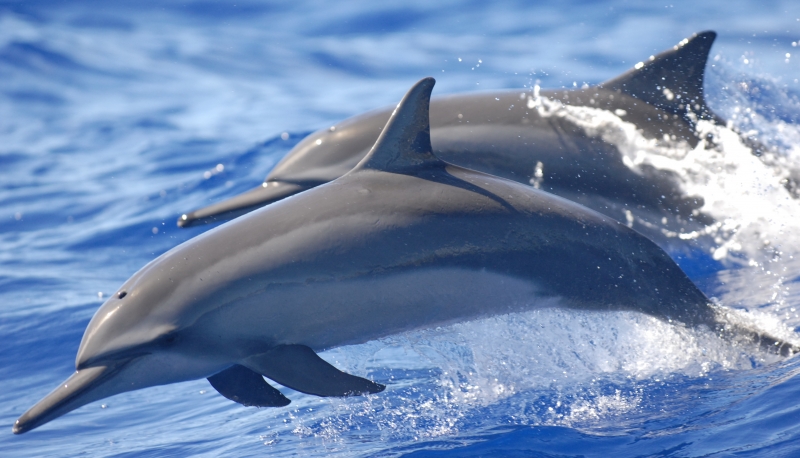
Clymene dolphins, often regarded as the enigmatic inhabitants of the world’s oceans, have long fascinated researchers with their intricate communication patterns. These elusive creatures, scientifically classified as Stenella clymene, are known for their distinct markings and unique behaviors, yet much remains unknown about their communication methods and social interactions. In recent years, however, scientists have made significant strides in unraveling the mysteries surrounding Clymene dolphin communication, shedding light on their complex language and social dynamics.

One of the primary challenges in studying Clymene dolphin communication lies in their habitat. These dolphins predominantly inhabit deep offshore waters, making direct observation difficult. Researchers have employed various methods to overcome this obstacle, including acoustic monitoring and satellite tagging, allowing them to gain valuable insights into the communication patterns of these marine mammals.

Acoustic studies have revealed that Clymene dolphins utilize a diverse repertoire of vocalizations to convey information within their social groups. These vocalizations range from whistles and clicks to pulsed sounds, each serving specific communicative purposes. Whistles, for instance, are often associated with individual recognition and social bonding, allowing dolphins to identify and maintain relationships within their pods. In contrast, clicks are believed to be used for echolocation, aiding in navigation and locating prey in the vast ocean environment.

Furthermore, researchers have observed distinct communication patterns during various social contexts, such as foraging, mating, and group coordination. By analyzing the acoustic signals emitted during these activities, scientists have gained insights into the underlying mechanisms driving Clymene dolphin behavior and social structure.
Another intriguing aspect of Clymene dolphin communication is its potential for dialects and cultural transmission. Studies have suggested that different populations of Clymene dolphins may exhibit variations in their vocalizations, indicating the presence of regional dialects similar to those observed in other dolphin species. This phenomenon raises questions about the cultural transmission of communication patterns among Clymene dolphin populations and underscores the importance of considering cultural factors in understanding their social dynamics.

In addition to vocal communication, Clymene dolphins engage in a range of non-vocal behaviors that contribute to their social interactions. These behaviors include body postures, gestures, and tactile interactions, all of which play crucial roles in conveying information and maintaining social cohesion within dolphin communities.
Understanding Clymene dolphin communication is not only essential for unraveling the mysteries of these fascinating creatures but also for their conservation and management. By deciphering their language and social dynamics, researchers can gain valuable insights into the ecological needs of Clymene dolphins and develop effective conservation strategies to protect their populations and habitats.

In conclusion, ongoing research into Clymene dolphin communication is gradually unveiling the intricacies of their language and social interactions. Through acoustic studies, behavioral observations, and interdisciplinary research approaches, scientists are piecing together the puzzle of Clymene dolphin communication, shedding light on one of the ocean’s most captivating mysteries.


